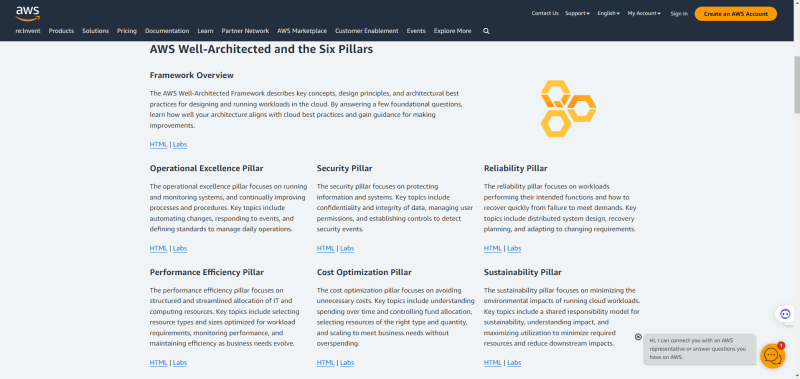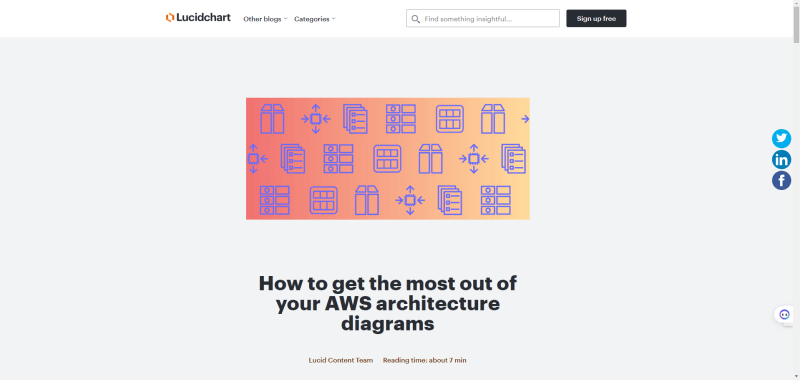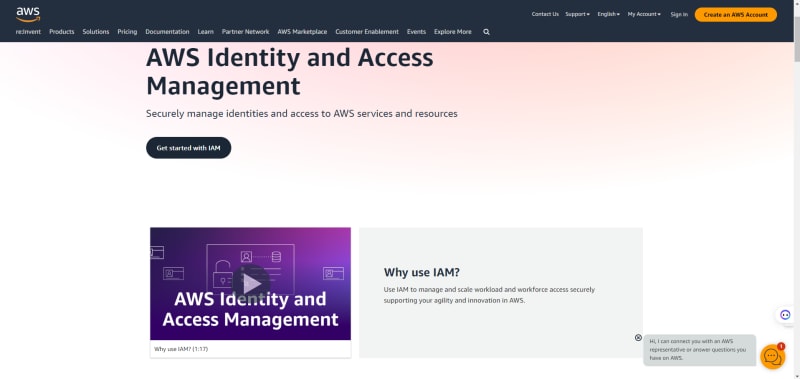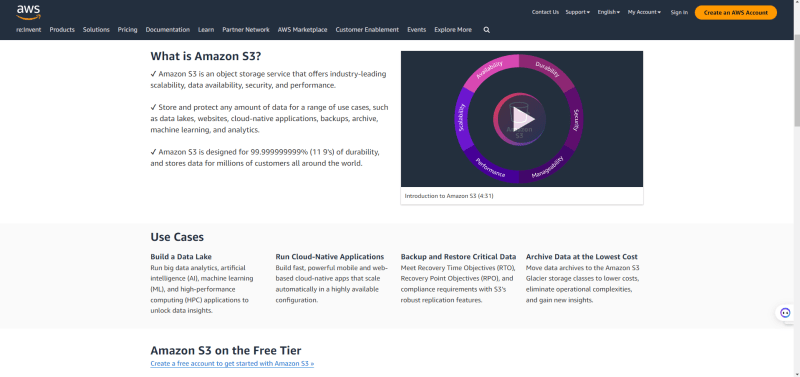Cover Photo Credit[EDURECA.com]
Introduction
When I first started using AWS, I came to understand how crucial it was to follow the documentation and architectural guidelines of AWS. They turned to become my compass points for navigating this web of interconnectivity.
Step 1: Leveraging AWS Documentation
The AWS documentation turned as a reliable friend. I delved deeply into the extensive library, learning tips, tricks, and best practices. Every page contained keys to releasing AWS services' full potential.
Step 2: Embracing Well-Designed Architectural Principles
The principles of architecture served as my compass. I welcomed ideas like security, dependability, and scalability and let them shape my design into a robust and flexible framework.

AWS Well-Architected and the Pillars
Step 3: Getting Acquainted with AWS Services
Equipped with an understanding of architectural principles and documentation, I went back and reviewed AWS services. This time, I tackled them with a deeper comprehension and matched my architectural objectives with their functionalities.
Step 4: Sketching Out My Blueprint
Every decision I made in my architectural design was informed by documentation and design principles. I used security layers, redundancy plans, and scalability measures that were all inspired by the guiding principles.

Draw AWS architecture diagrams
Step 5: Setting Up IAM Roles and Policies
I was guided towards least privilege access and strong policy frameworks by the architectural principles, while the documentation provided comprehensive instructions on setting up IAM.

AWS Identity and Access Management
Step 6: Launching My EC2 Instances
I carefully chose instances, set up security groups, and mapped out network settings to correspond with the intended architecture, guided by best practices in documentation and architectural plans.
Step 7: Implementing S3 for Storage
The documentation gave me detailed instructions on how to set up S3, and the principles of architecture inspired me to design for data durability and encryption, resulting in the creation of a secure storage ecosystem.
Step 8: Deploying RDS for Databases
My database selections and security configurations were informed by architectural principles and documentation insights, which made sure my data fortress was built to last.

Amazon Relational Database Service
Step 9: Configuring Networking with VPC
My VPC configuration was supported by architectural principles and AWS documentation, which matched subnets, route tables, and gateways for secure communication in accordance with best practices.
Step 10: Monitoring and Security Measures
While architectural principles stressed a proactive security approach, documentation described monitoring instruments. I implemented CloudWatch and configured alerts using the defense-in-depth approach as a guide.

Security, Identity, and Compliance on AWS
Step 11: Testing and Optimization
My optimization tactics were driven by the architectural concepts of ongoing improvement and the testing requirements provided in the documentation, which ensured that my architecture was not only functional but also optimally tuned for efficiency.

AWS Optimization and Licensing Assessment
Conclusion
My experience with AWS was entwined with the knowledge gained from documentation and design principles. They shaped every aspect of my architecture; they were more than just advisors. They continue to be my compass as I travel this voyage, showing me the way to a reliable and secure Amazon infrastructure.












Top comments (2)
good one great work
very useful information. keep up the good work